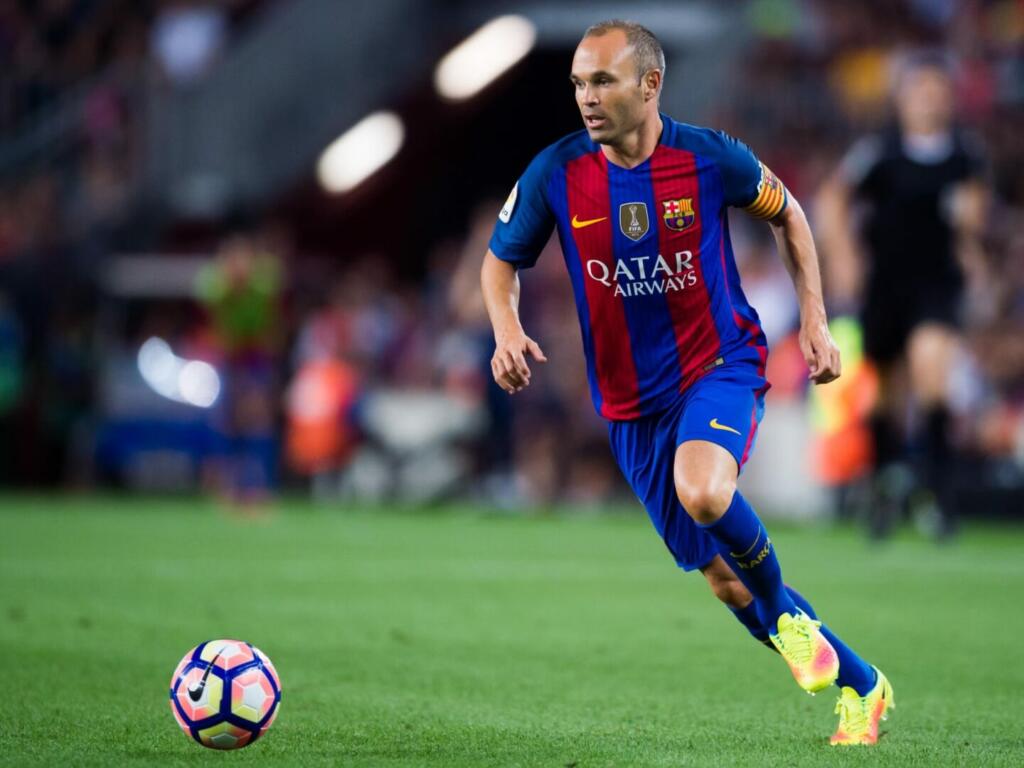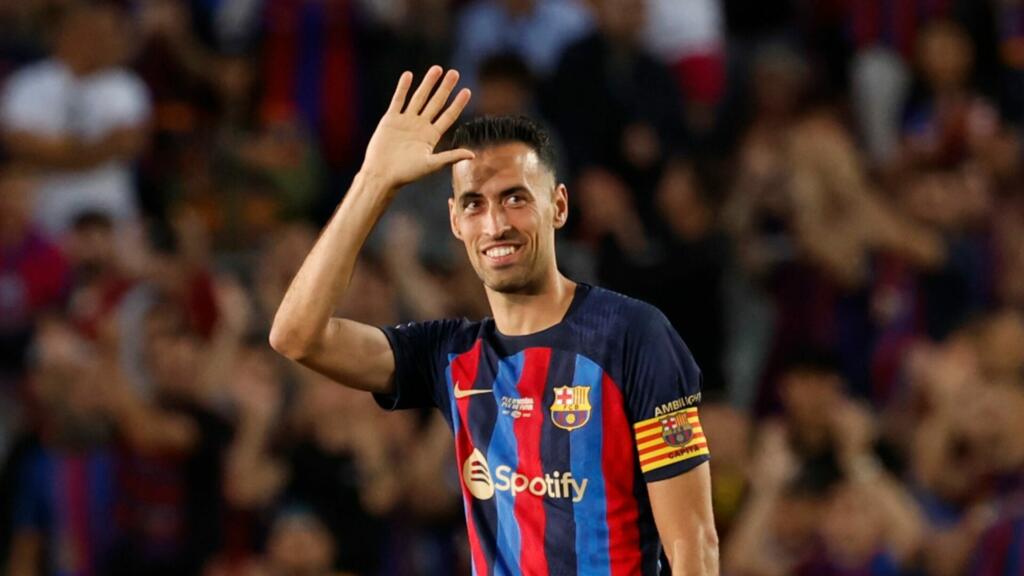We have witnessed many amazing football midfielders in our time (soccer that is, for those of different code persuasions). The shiny bald head of Zidane scared his opponents, both through his skill and aggression. The elegance and grace with which Pirlo played made us all want to be Italian and now the stardom of Bellingham has made him heir to the best midfielder throne.
But there has never been a midfield has reached a level of balance, class and domination as Barcelona’s trio of Xavi, Busquets, and Iniesta. From World Cups to Champions Leagues to La Liga titles – they won it all.
So, being the definition of success, how can they help us define ours? Well, believe it or not, there is plenty to learn from them when it comes to pitching client research reports to media.

Source: Amazon.com
#1 Control the game like Xavi does
Xavi Hernández or simply Xavi, was the heart of Barcelona’s iconic midfield trio. His ability to control the pace of the game, predict the movement of opposing team’s players, and find the crucial pass that unlocks big chances for his team was second to none.
Like Xavi, we need to be involved in the game from early on and do what we can to set up our research report launches for success. This happens in the pre-pitching period. To nail this, we should:
-
Remain in control:
It is important that we look to engage with our clients as early as possible when developing the research report. Providing counsel on what questions will create strong storylines, how much time will be needed to effectively execute the report launch and how we plan to engage with media across the campaign is critical – not only for reassuring the client, but also building a strong foundation for pitching success.
-
Create interest as early as possible:
Journalists receive hundreds of pitches a day, potentially even thousands a week. The more time we can give a journalist to prepare, the more likely they are to consider the story. Providing personally tailored questions, leaving enough room for under embargo pitching (ideally a week minimum) and calling journalists to minimise time wasted waiting for email responses ensures we have done our best to secure interest before the official launch day.
-
Expecting the unexpected:
The unpredictably of the work we do is what excites us, but also gives us the occasional heart attack. When planning a report launch, a lot of things out of our control can happen, so it is up to us to navigate these changes. Understanding the current media cycle, leaving room for flexibility and timeline pushback, and always having a plan B, C, D and E when it comes to media angles and targets puts us in a strong place to deal with the unexpected as it takes place. Because, believe me, it will.

Source: Independent Co
#2 Be Clinical like Iniesta
Whether he’s scoring against Chelsea in the Champions League (as a sad Chelsea fan this is the only time I’ll willingly bring this up) or netting the World Cup winning goal vs the Netherlands, Iniesta always shone in big moments, playing with agility and flare.
Like Andrés Iniesta, we need to be clinical in execution, as well as responsive and agile to how the game plays out. Taking place in the launch period, we can achieve this by:
-
Providing ongoing support:
Ongoing communication is essential, not only with journalists, but with our clients and team. Transparent and continuous feedback ensures clients have peace of mind, allowing them time to brief stakeholders for journalists who have shown interest. Furthermore, ongoing communication within the team allows us to align and adapt pitching strategies based on feedback.
-
Being clinical in execution:
It is important we can show immediate results on the launch day. Having stories locked in from under embargo pitching, as well as securing media interest and coverage on the first day means our clients can present instant success to key stakeholders and lets us maximise attention while the findings from the report are still exclusive.
-
Being agile with change:
Similarly to under embargo pitching, the launch of the research report can produce many surprises and hurdles. Whether it being a journalist wanting an interview with a quick turnaround, a story being published with the wrong findings or an industry event that produces a lot of opportunity for rapid responses, we need to be able to act efficiently and flexible, keeping clients in the loop, the team across updates, and discussions with journalists ongoing.

Source: Sky Sports
#3 The longevity of Busquets
Vicente Del Bosque, the manager behind Spain’s World Cup success in 2010, once said “If you watch the game you don’t see Busquets, but if you watch Busquets you see the game.” Relevant to us? I would argue so as, although often overlooked, perfecting the post launch period is just as critical.
Sergio Busquets’ ability to remain a key piece of Barcelona’s midfield for close to 15 years, continually refining his game to ensure he still has an impact, was something only few footballers have ever achieved. Similarly, we need to be able to:
-
Increase longevity of findings:
Not all findings from the research make it into the report and, even then, less are called out when initially pitching. Once the hero findings have been pitched, revisiting journalists with new findings, looking for rapid response opportunities, and featuring them in future op-eds and commentary will help improve longevity.
-
Repurpose existing content:
Beyond pitching to media, there are a variety of ways we can utilise the report findings for clients. If we run stakeholder or client social media and LinkedIn accounts, findings can be used in posts or articles. Findings can also be utilised as a comparison for future editions of the report, if trends have increased or decreased.
-
Take on board learnings:
Reflecting on feedback is paramount. It will help adjust strategies, understand journalists’ interests, and assist in continually improve results. Therefore, it becomes essential to be noting down all feedback given by journalists, as well as challenges internally along the way. Adjustments can then be implemented for next time.
From their first game together in 2002, Xavi, Iniesta and Busquets went on to win 16 trophies as a midfield, bringing a new definition to the word synergy. Like the Barcelona trio, if we work together, remain agile and properly prepare, we too can win it all for our clients.
Want to learn more about our content marketing or insights & analytics services? Get in touch with our marketing experts today.

